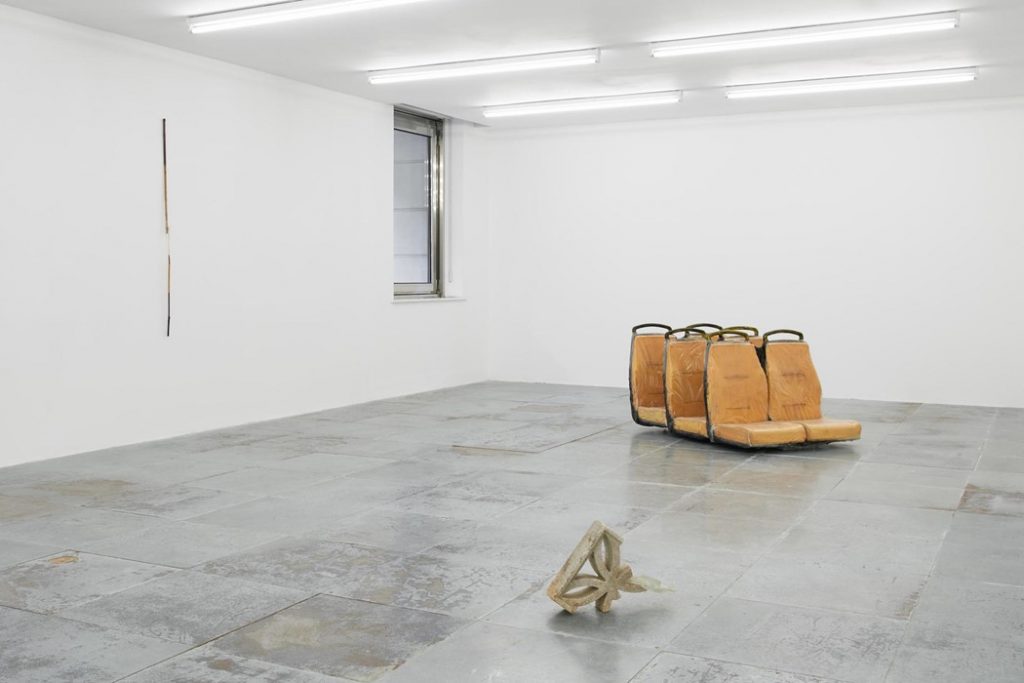I’ve never got into episode reviews for TV series, especially for shows like the Simpsons (mostly because I don’t watch new episodes and why would I want to read someone else’s opinion on a show I already love?) Except there’s good reason—you can learn something new. And I did when I read Zack Handlen’s review of ‘Marge Be Not Proud’, the 11th episode from Season 7 (aired in 1995). In a nutshell, Bart wants a video game, can’t get it, sees his friends steal it, gives into peer pressure, does the same, gets caught and tries to hide it from his parents. The main theme of the episode was the love of a mother for her son and examining what could possibly break it (or at least damage it a little). We also saw the effects of Bart wanting something so badly that he did something unthinkable, even for him. Where Handlen excels is digging into those themes further from each stage of the episode:
“Marge Be Not Proud” is, at heart, about being a kid, and about how something you want so desperately, so badly that it’s killing you, no really, it is honest to god killing you right now how much you want this—how that sort of wanting isn’t the same as needing. And how easy it is to take for granted that your parents will always treat you the same way, no matter what; how corny and annoying and, gah, lame Moms can be, right up until they aren’t there anymore. There’s a fundamental stasis to the core relationships of The Simpsons. Homer and Marge will always be married; Maggie will always be the baby; Lisa and Bart will always be in grade school; and so on. Bart’s never going to hit his teenage years, find drugs, maybe dabble around in punk for a while, date someone with lip-piercings, or lose his driver’s license. But this episode, however briefly, gives a sense of what it make be like for him to get older and break his mother’s heart, when he’s still young enough to feel that loss.
I’ve been in this situation before and, although it was fleeting, it hurt like hell. It’s a stereotypical notion that mothers love their children unconditionally (emphasis on ‘stereotype’ as this is not an unbreakable rule). Kids test their parents and get away with a lot but that one time you don’t is the worst.
While some fans felt the shoplifting element was too pointed and “more of an afterschool special” (I literally saw two comments like that and I don’t get it), it made sense. Bart’s character is based around being bad and getting in with some of the baddest kids in the school who steal and use fake IDs. Of course he’d find himself in that position and cross the line he’d toed for years (that’s human years, not Simpsons years). We always knew there’d be a happy ending because bad times never last longer than an episode (not including ‘Who Shot Montgomery Burns?‘) but the journey towards that resolution was the interesting part. And there were plenty of jokes in there, my favourite being Homer’s meandering diatribe at Bart for stealing.
Stealing, how could you?! Haven’t you learned anything from that guy who gives sermons at church, Captain what’s his name? We live in a society of laws! Why do you think I took you to all those Police Academy movies? For fun? Well, I didn’t hear anybody laughing! Did you? Except at that guy who made sound effects. Where was I? Oh yeah, stay outta my booze!
And I’ll leave it there.
Simpsons video game related: Play 3 Video Games Featured On The Simpsons



